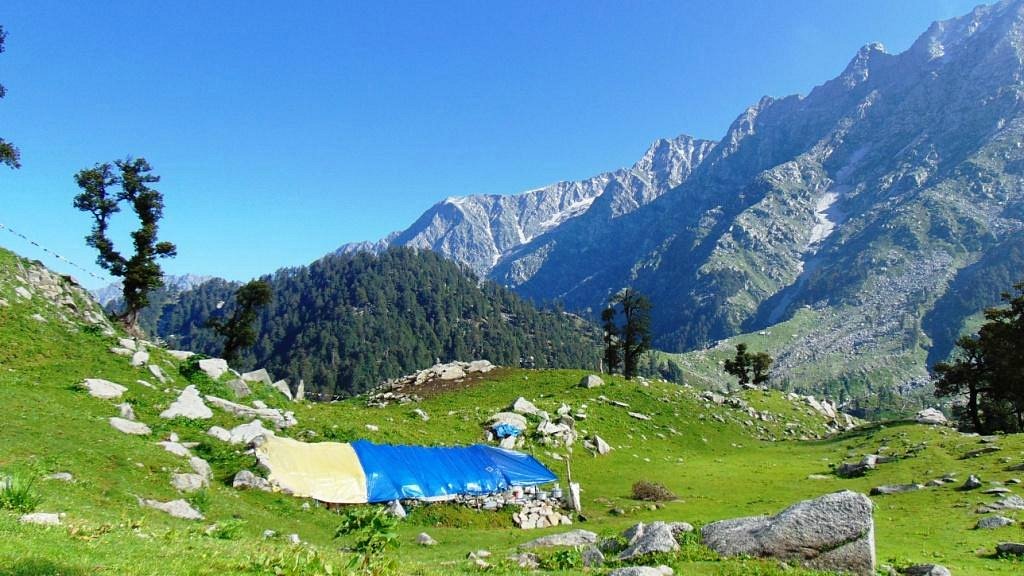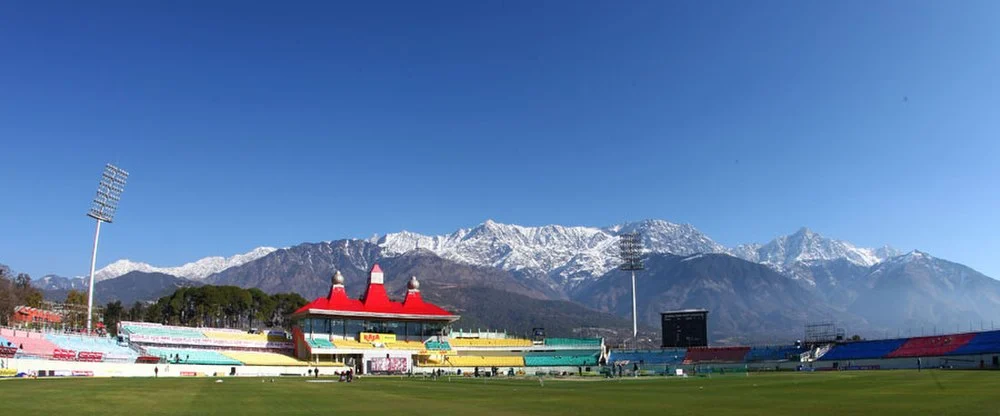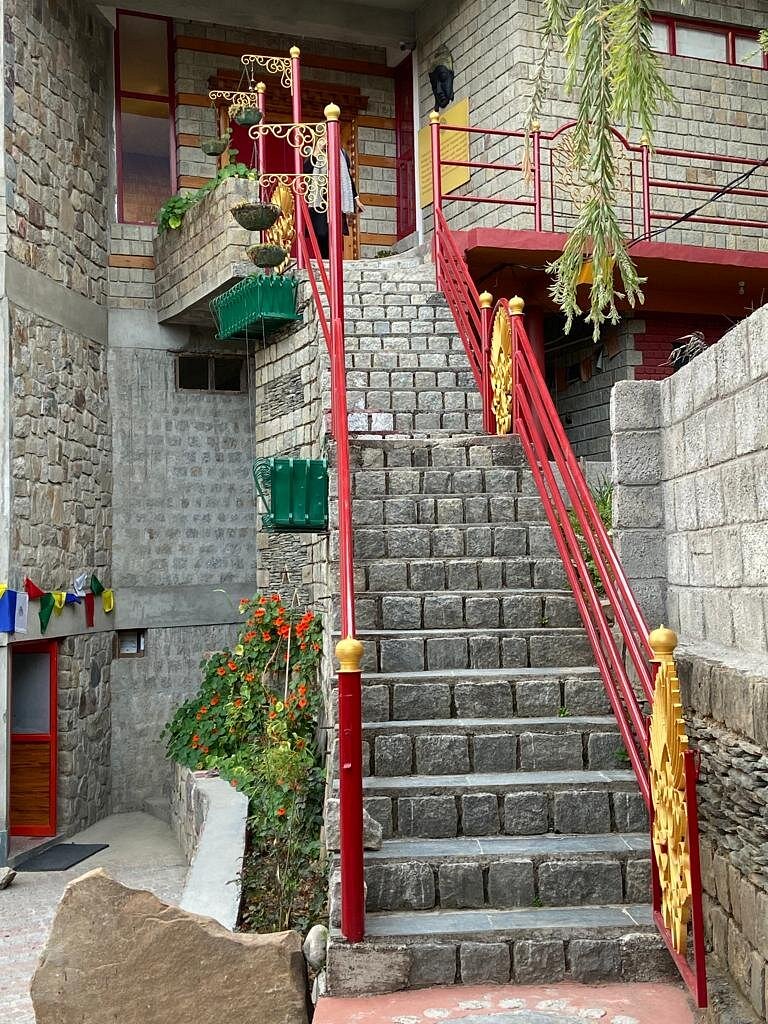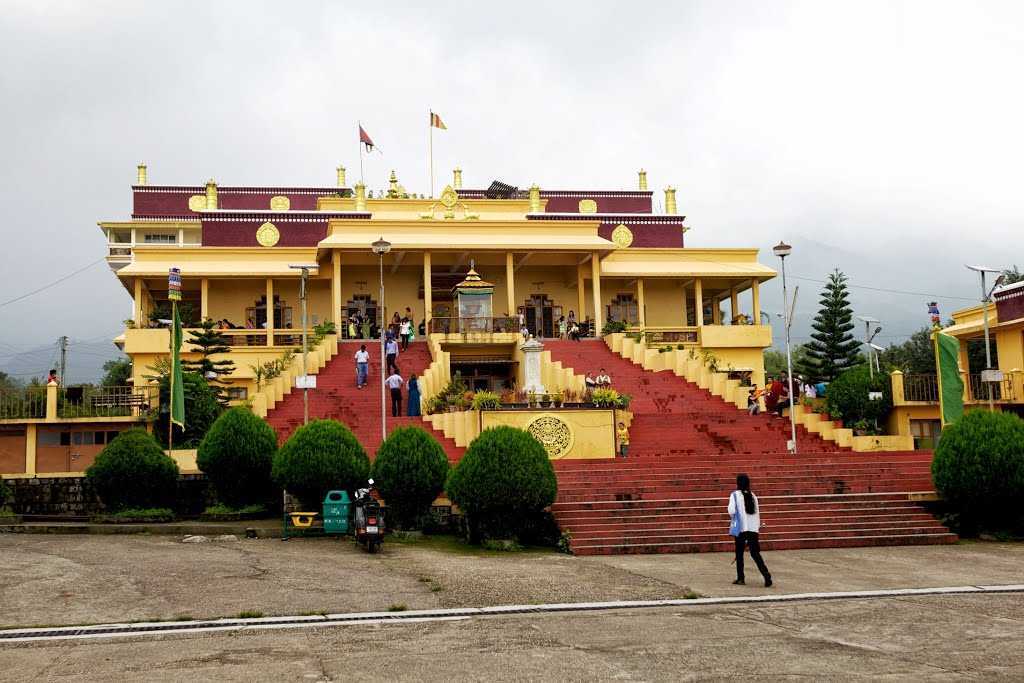Dalai Lama Temple Complex
Explore the spiritual and cultural heart of Dharamshala at the Dalai Lama Temple Complex. This guide provides an in-depth look at the temple's history, significance, key attractions, visitor information, and tips to enhance your visit to this serene and sacred site.
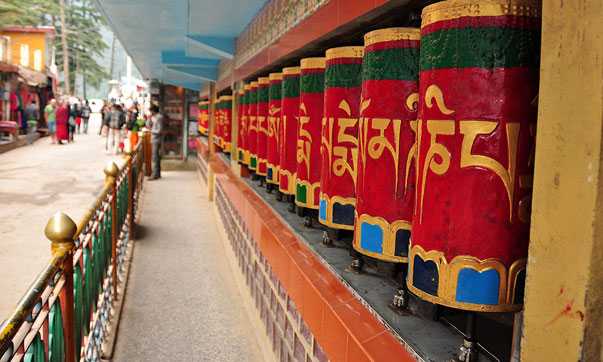
The Dalai Lama Temple Complex, also known as Tsuglagkhang Complex, is the spiritual and cultural center of Dharamshala, Himachal Pradesh. Located in McLeod Ganj, the complex serves as the residence of the 14th Dalai Lama and a hub for Tibetan Buddhism. It attracts pilgrims, tourists, and spiritual seekers from around the world who come to experience its tranquil atmosphere, religious teachings, and vibrant Tibetan culture.
Historical Background
The Dalai Lama Temple Complex was established in 1959 following the arrival of the 14th Dalai Lama, Tenzin Gyatso, in India after fleeing Tibet. The Indian government granted asylum to the Dalai Lama, and McLeod Ganj became the center of the Tibetan government-in-exile. Over the years, the complex has grown to include temples, monasteries, and educational institutions dedicated to preserving Tibetan culture and religion.
Location and Accessibility
The Dalai Lama Temple Complex is located in McLeod Ganj, a suburb of Dharamshala in the Kangra district of Himachal Pradesh. It is easily accessible by road:
- By Air: The nearest airport is Gaggal Airport, about 18 kilometers (11 miles) from McLeod Ganj.
- By Train: The nearest railway station is in Pathankot, approximately 90 kilometers (56 miles) away.
- By Road: Regular bus services connect McLeod Ganj with major cities like Delhi and Chandigarh.
Architectural Features
The architecture of the Dalai Lama Temple Complex blends traditional Tibetan designs with modern elements:
- Main Temple (Tsuglagkhang): Features large statues of Buddha Shakyamuni, Avalokiteshvara, and Guru Rinpoche, surrounded by beautiful murals and prayer wheels.
- Kalachakra Temple: Dedicated to the Kalachakra teachings, adorned with intricate murals and thangka paintings.
- Namgyal Monastery: The personal monastery of the Dalai Lama, where monks engage in rigorous religious study and practice.
- Library of Tibetan Works and Archives (LTWA): Houses a vast collection of Tibetan manuscripts, books, and artifacts.
Key Attractions and Highlights
- Morning Prayers and Rituals: Experience the serene morning rituals and prayers performed by monks and nuns.
- Teaching Sessions: Attend teachings and public talks by the Dalai Lama, if scheduled during your visit.
- Prayer Wheels: Spin the large prayer wheels along the temple's circumambulation path for spiritual merit.
- Meditation Sessions: Participate in guided meditation sessions to enhance your spiritual journey.
- Tibetan Art and Craft: Explore the vibrant Tibetan art displayed within the complex, including thangka paintings and sculptures.
Daily Activities and Rituals
- Morning and Evening Prayers: Monks and nuns gather for prayers and chanting sessions, which visitors can observe.
- Butter Lamp Offerings: Light butter lamps as an offering, symbolizing the dispelling of darkness and ignorance.
- Meditation: Various meditation sessions are held, focusing on mindfulness and inner peace.
- Religious Ceremonies: Special pujas and ceremonies are conducted on auspicious days, involving intricate rituals and offerings.
Visitor Information
- Timings: The complex is open from early morning until late evening. Specific timings may vary for different sections.
- Entry Fee: There is no entry fee, but donations are appreciated.
- Dress Code: Modest clothing is recommended to respect the sanctity of the temple.
- Photography: Photography is generally allowed, but it’s best to check for specific restrictions in certain areas.
- Guided Tours: Available for a more comprehensive understanding of the complex’s history and significance.
Nearby Attractions
While visiting the Dalai Lama Temple Complex, explore other attractions in Dharamshala:
- Bhagsu Waterfall: A scenic waterfall located a short trek away from McLeod Ganj.
- St. John in the Wilderness Church: A historic church set amidst the forest.
- Triund Hill: A popular trekking destination offering panoramic views of the Dhauladhar range.
- Norbulingka Institute: Dedicated to preserving Tibetan culture through arts and crafts.
Cultural Significance
The Dalai Lama Temple Complex plays a crucial role in preserving and promoting Tibetan culture, religion, and philosophy. It serves as a beacon of hope and resilience for the Tibetan community in exile and offers a space for cultural exchange and spiritual growth for visitors from around the world.
Environmental Impact
The complex emphasizes sustainable practices to minimize environmental impact:
- Waste Management: Proper disposal and recycling of waste.
- Energy Conservation: Use of energy-efficient lighting and renewable energy sources.
- Water Conservation: Rainwater harvesting and efficient water usage practices.
- Green Spaces: Maintaining gardens and green areas within the complex to enhance the environment.
Frequently Asked Questions (FAQs)
What is the best time to visit the Dalai Lama Temple Complex?
- The best time to visit is during the spring (March to June) and autumn (September to November) when the weather is pleasant.
Are there any entry fees for the temple complex?
- There is no entry fee, but donations are welcome.
Can I attend teachings by the Dalai Lama?
- Yes, public teachings are held periodically. Check the schedule on the official website or local notice boards.
Is photography allowed inside the temple complex?
- Photography is generally allowed, but restrictions may apply in certain areas.
What should I wear when visiting the temple complex?
- Modest clothing is recommended to respect the sanctity of the temple.
Are there guided tours available?
- Yes, guided tours are available and provide deeper insights into the temple’s history and significance.

